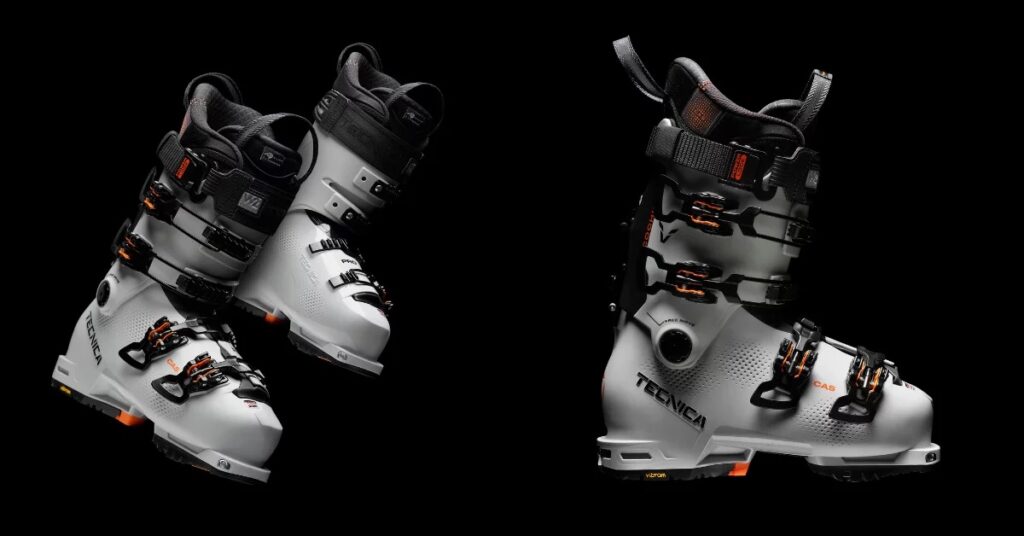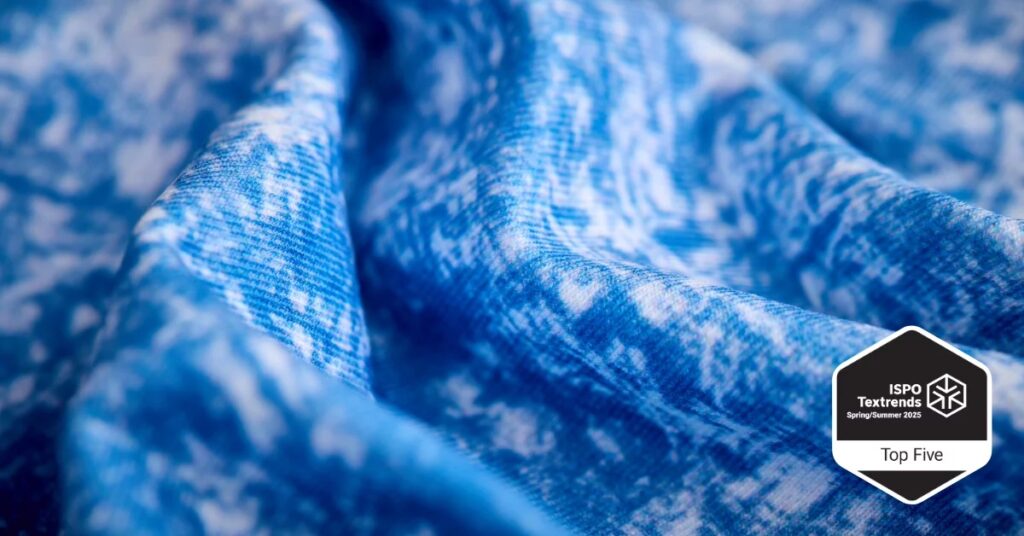
Exploring How Fabrics Can Support Beauty
February 03, 2025 – When most of us think of beauty products, skincare serums and creams may be the first things that come to mind. But, as beauty innovation expands, we’ve seen a variety of new tools hit the market…








